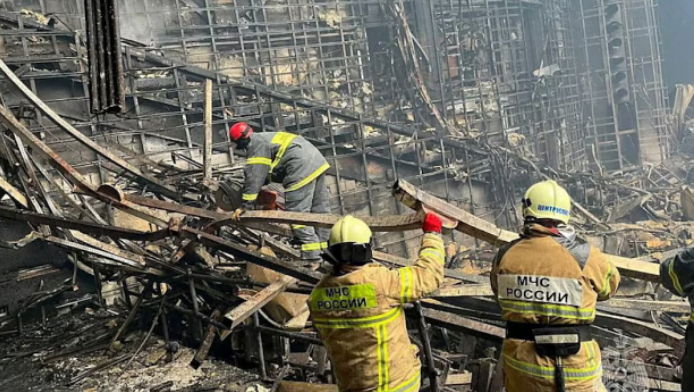In the age of social media, the line between news and sensationalism has become increasingly blurred. Gone are the days when graphic depictions of violence were the exception rather than the norm. Today, with the proliferation of platforms like Twitter, Facebook, and Instagram, disturbing images and videos flood our timelines with alarming frequency.
Social Media: A Double-Edged Sword
While social media has undoubtedly revolutionized the way we access information, it has also desensitized us to violence. The Russian war in Ukraine, Israel’s conflicts in Gaza, and terrorist attacks around the world are now captured in real-time, often with gruesome detail. Citizens armed with smartphones play a pivotal role, uploading their recordings to platforms where they are quickly disseminated to millions.
The FOMO Factor: Fear of Missing Out
But why has the news media become so desensitized to violence? Some argue it’s the fear of missing out (FOMO). In an era where clicks and views translate to revenue, media outlets feel compelled to cover every tragic event, no matter how graphic. This pressure to stay relevant in a crowded digital landscape has led to an escalation in sensationalistic reporting, with little regard for the psychological toll on audiences.
The Moscow Terror Attack: A Case Study
The recent terrorist attack in Moscow serves as a stark reminder of this trend. With 137 dead and 182 injured, the images of destruction and chaos flooded social media feeds worldwide. While the mainstream media exercised restraint in showing the gory aftermath platforms were awash with graphic content, including videos of the alleged torture of captured attackers.
Normalizing Violence: The Role of Social Media
The proliferation of violent content on social media has normalized violence in society. Images of torture and brutality are shared and consumed with alarming indifference, blurring the line between reality and entertainment. The celebration of violence, particularly in authoritarian regimes like Russia, is a disturbing trend that underscores the power of social media to shape public perception.
Conclusion: A Call for Responsibility
In conclusion, the rise of social media has undeniably transformed the news media landscape, bringing both opportunities and challenges. While it offers unprecedented access to information, it also poses significant risks, particularly concerning the desensitization to violence. As consumers of news, it’s imperative that we approach social media with caution, mindful of its potential to distort reality and sensationalize tragedy. Only by holding media outlets accountable can we hope to mitigate the harmful effects of sensationalistic reporting in the digital age.
Remember, while social media has revolutionized the way we access information, it has also desensitized us to violence. It’s crucial to approach social media with caution and critical thinking, especially when consuming news content.
